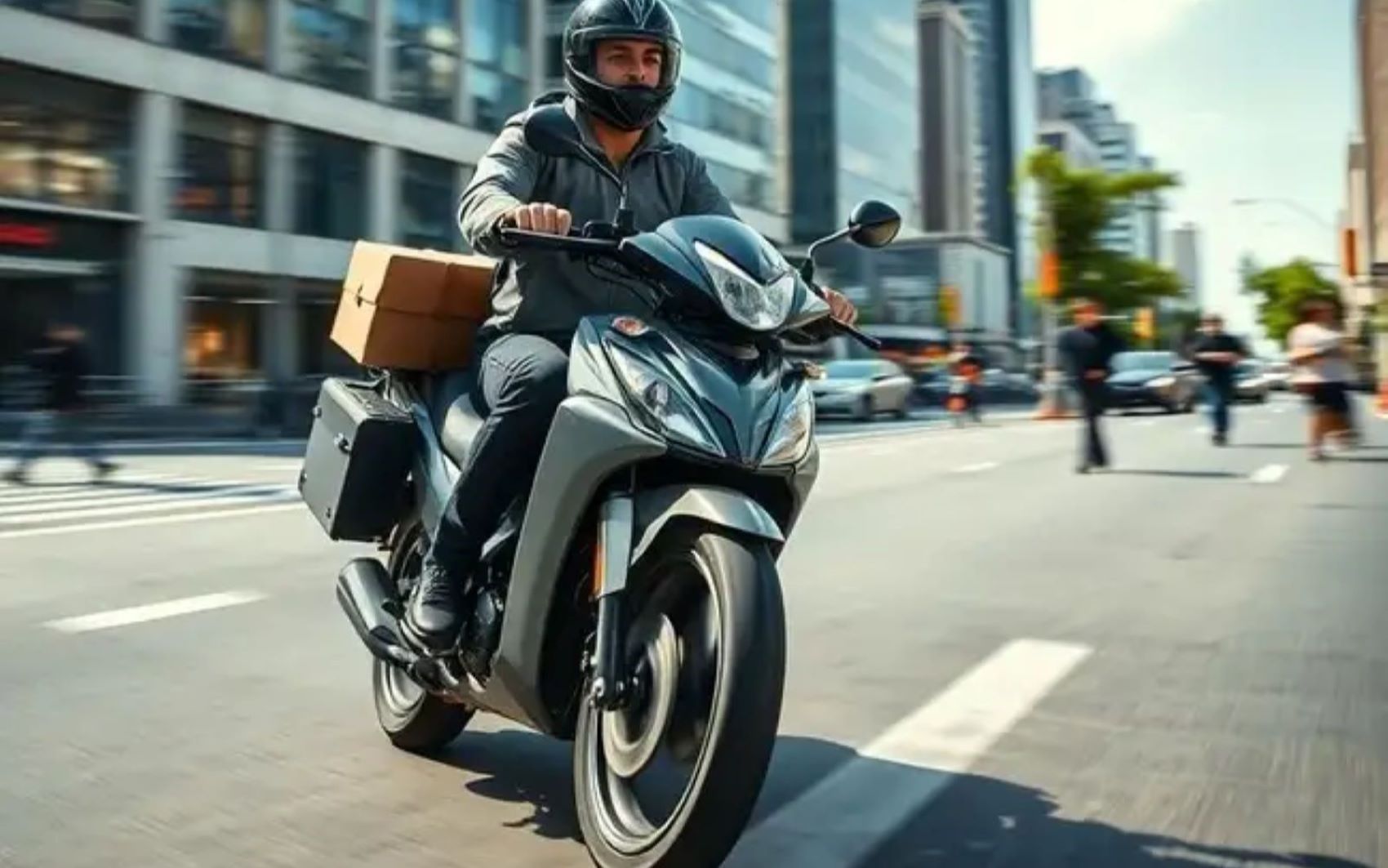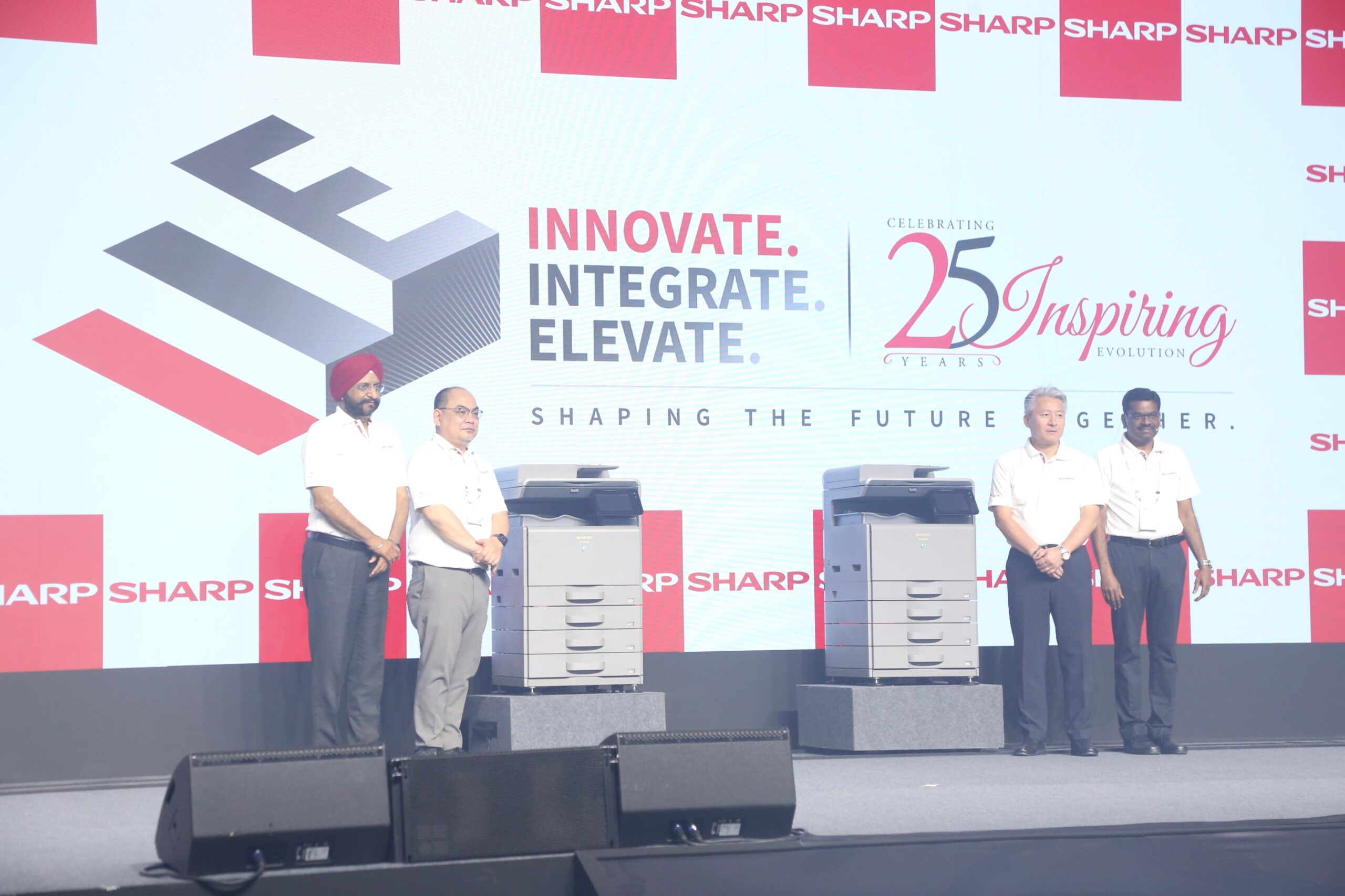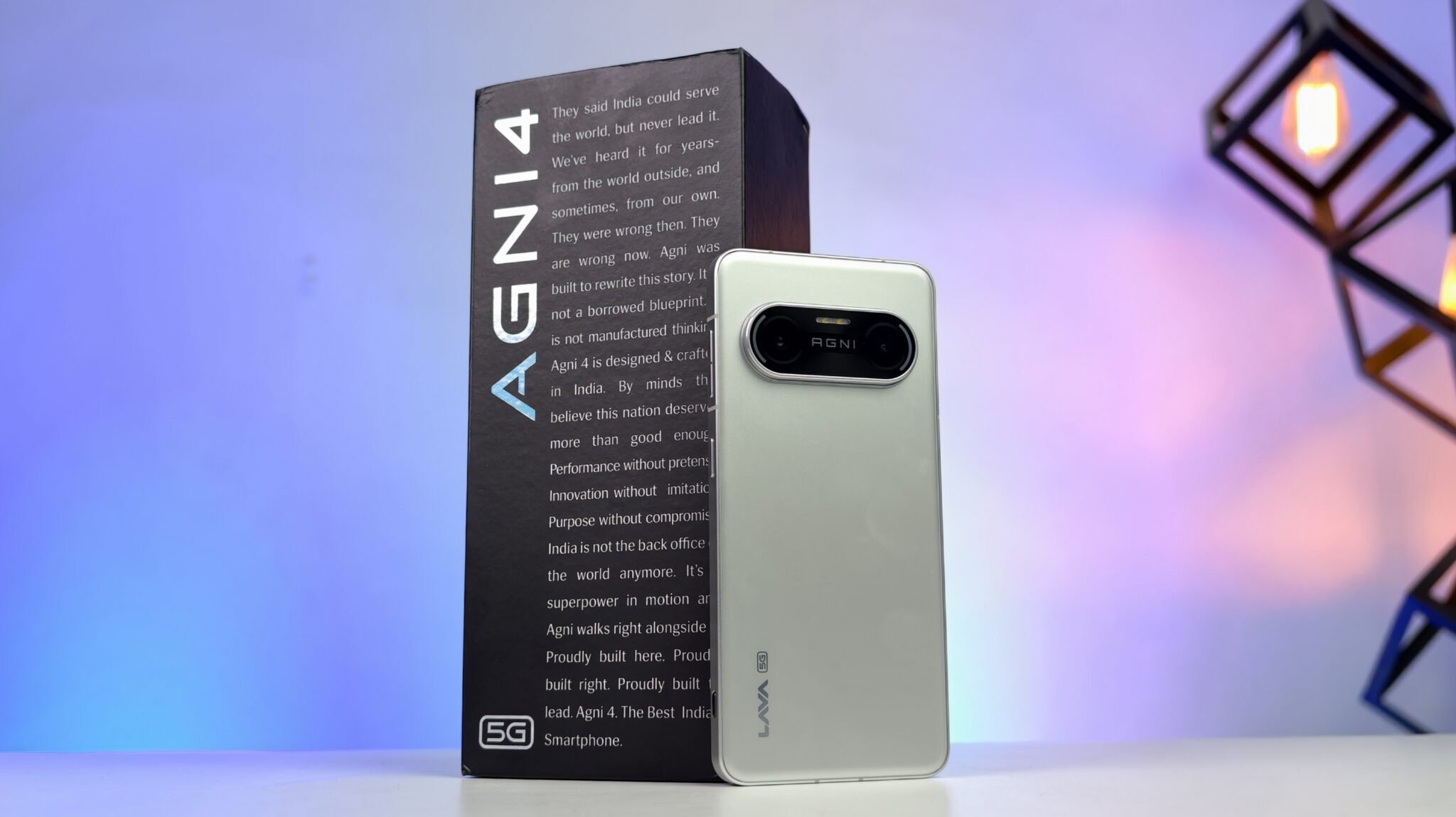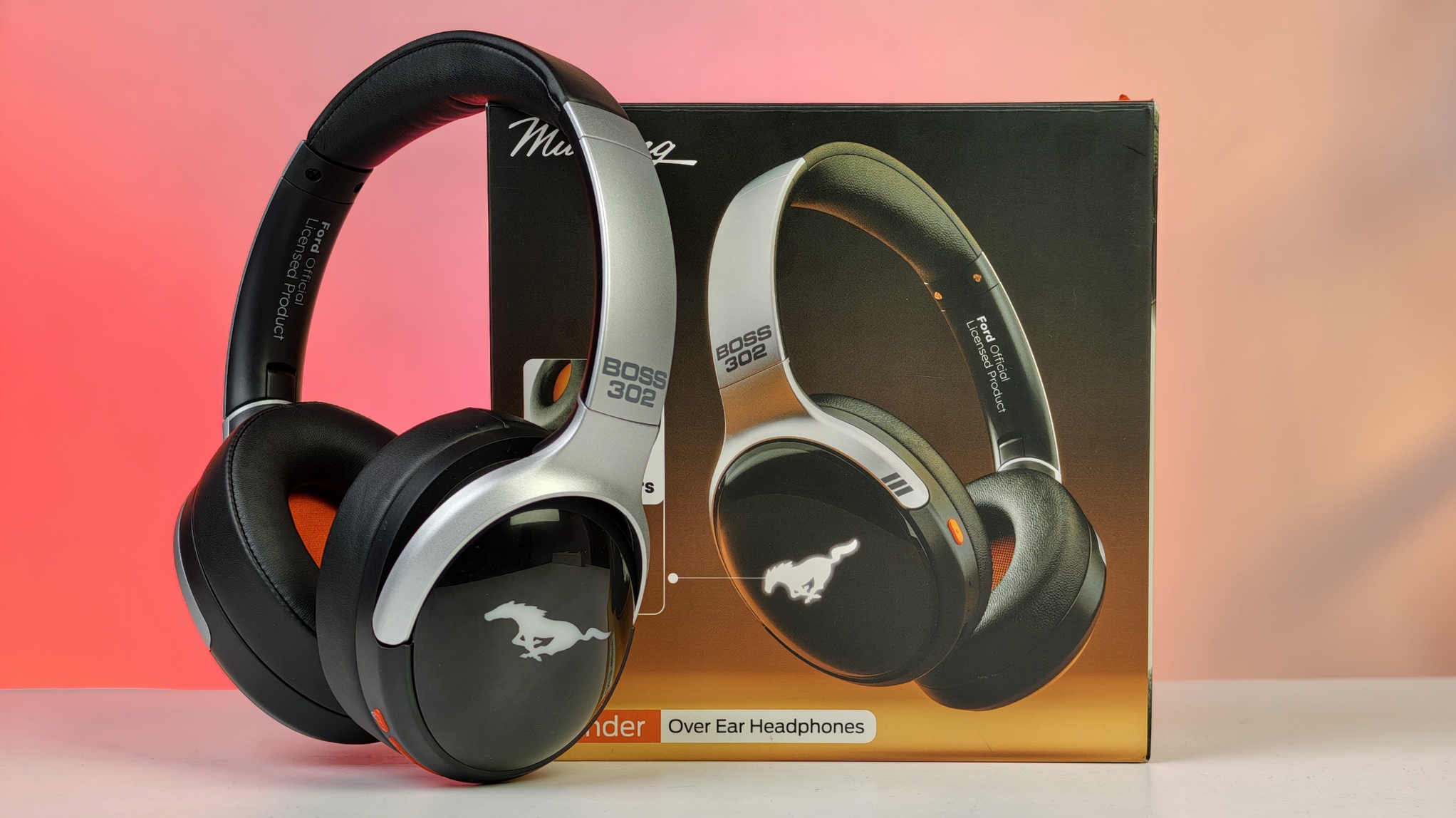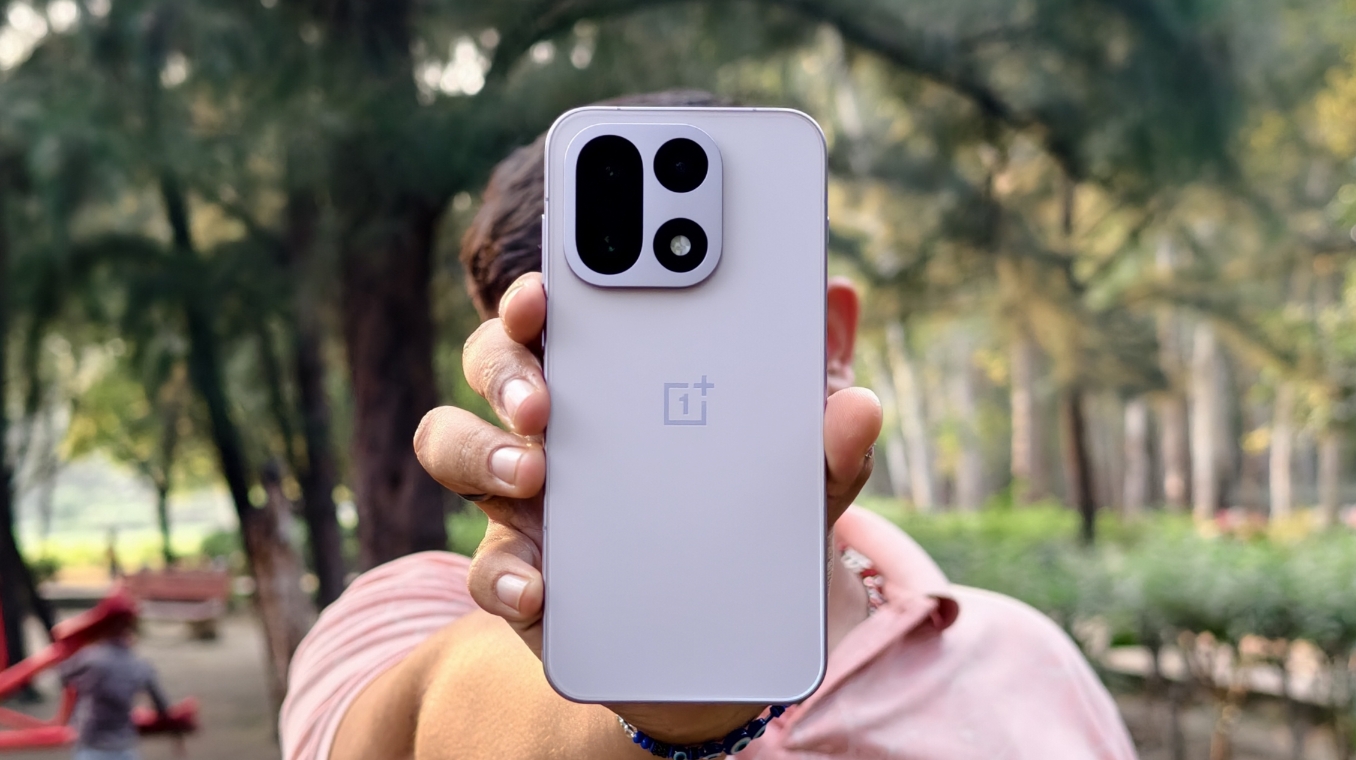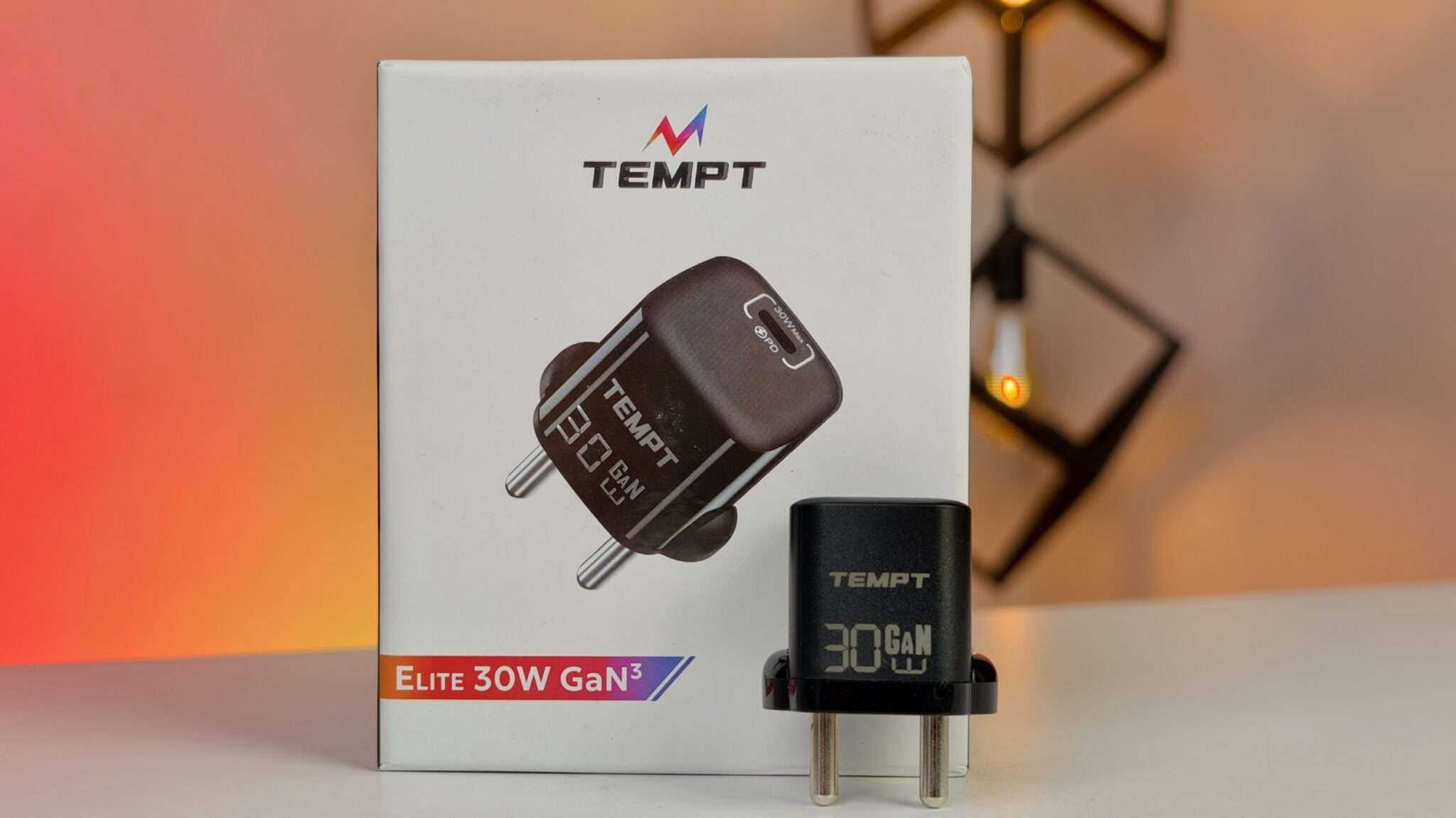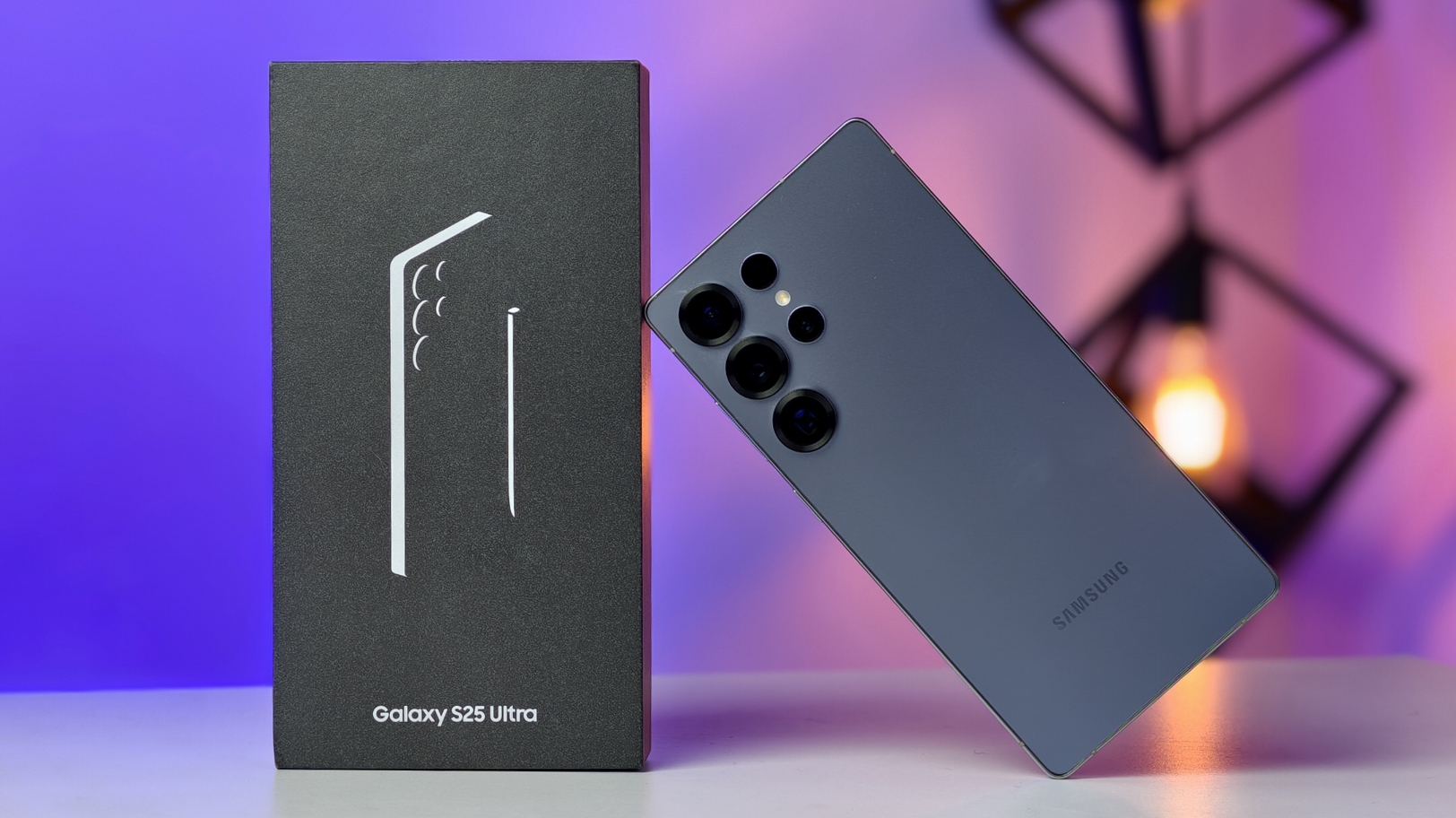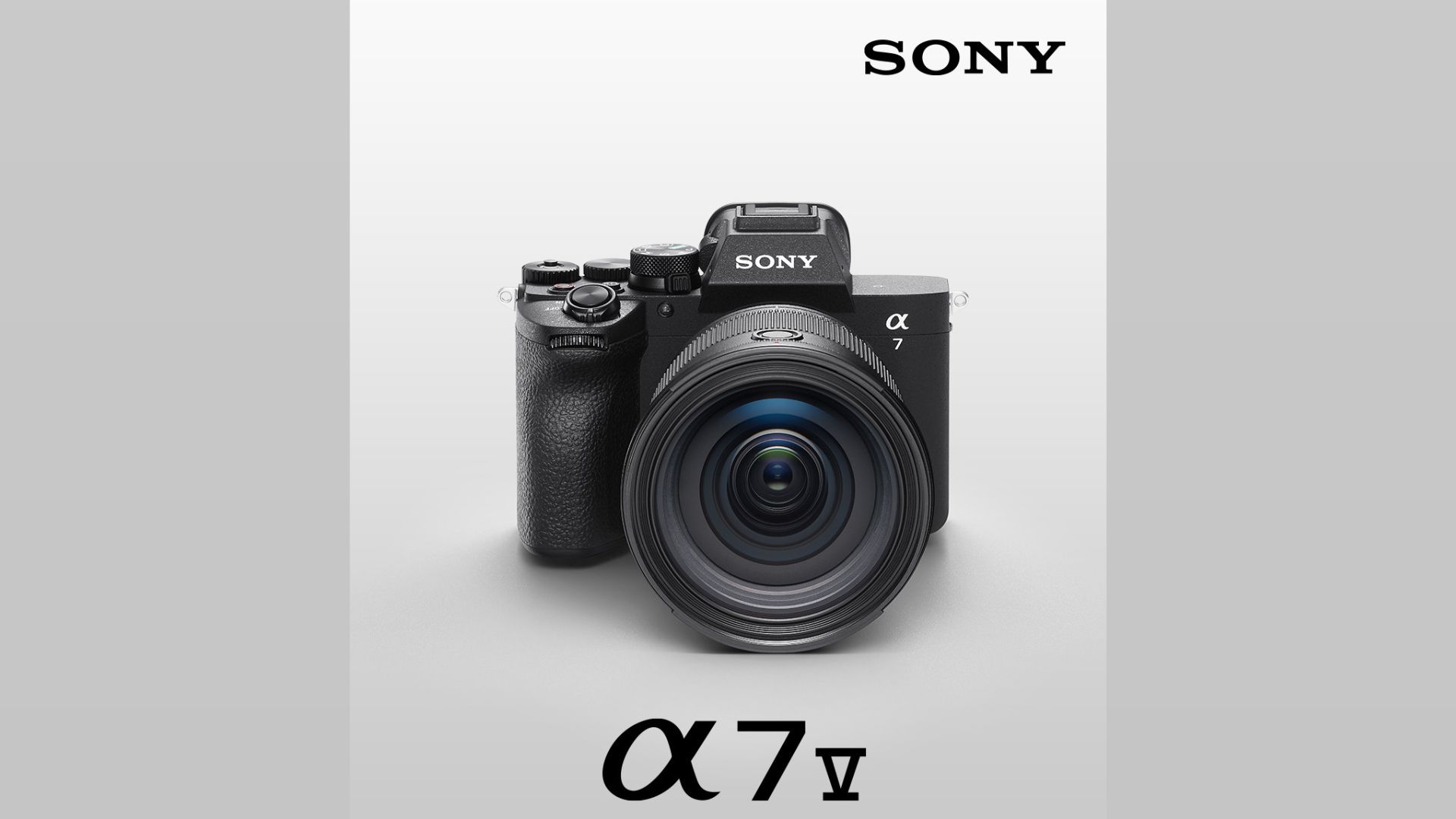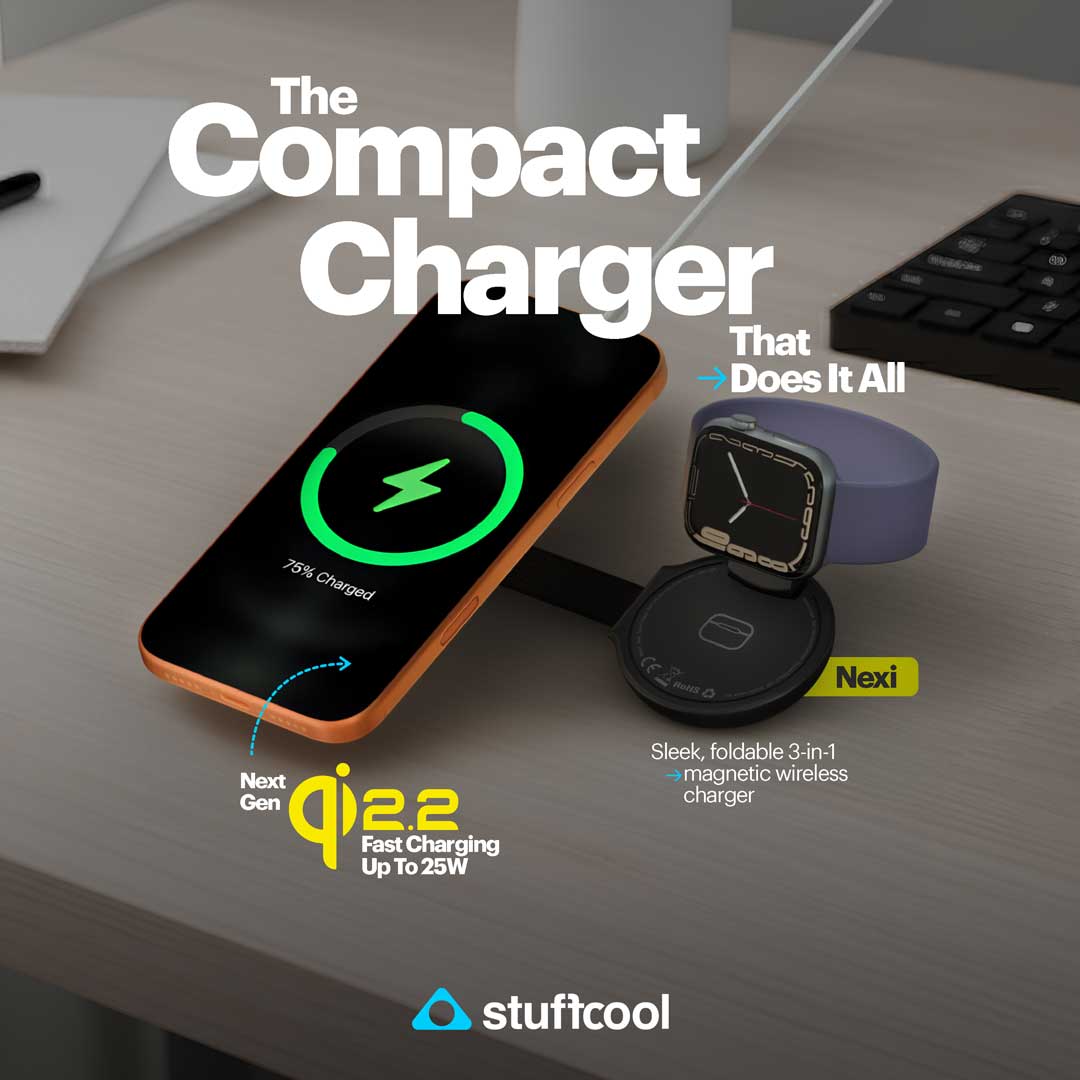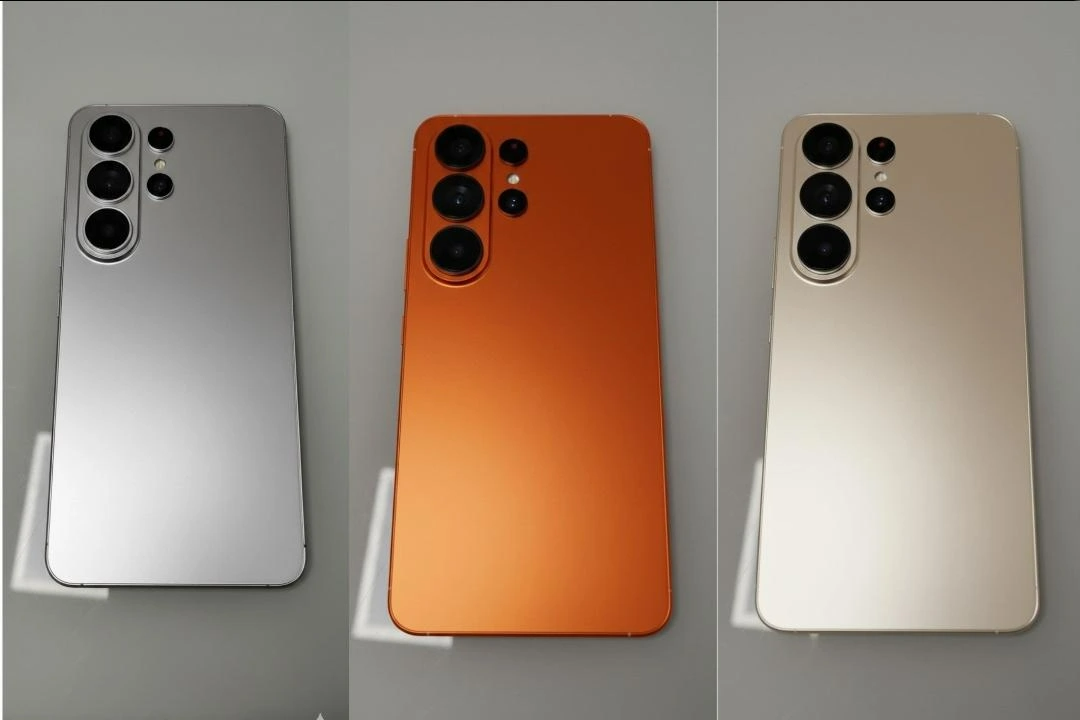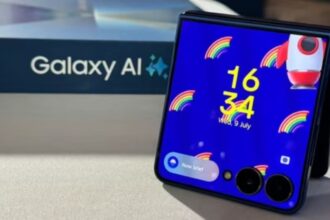The battle for India’s lightning-fast delivery market just intensified—and not quietly. Giants Amazon and Flipkart, long-time titans of traditional e-commerce, have now thrown their considerable weight into the quick commerce arena. Their full-fledged entry signals a shake-up that could rattle the foundations for established names like Blinkit, Zepto, and Swiggy Instamart. What this means for consumers? Likely, a cascade of aggressive pricing, lightning-fast delivery windows, and a race to redefine convenience.
Key Takeaways:
- Amazon and Flipkart are now aggressively pushing into India’s quick commerce space.
- A price war is brewing, with deep discounts and speedier deliveries in the spotlight.
- Blinkit, Zepto, and Swiggy Instamart face tough competition from players with deeper pockets.
- Consumers may enjoy faster service, broader product access, and lower costs.
- The business model’s sustainability is being questioned amid growing financial pressures.
- Dark stores, logistics, and supply chain agility are critical battlegrounds.
For a while, quick commerce in India was the playground of younger, fast-moving companies. Blinkit (formerly Grofers), Zepto, and Swiggy Instamart rapidly claimed the turf, fine-tuning dark store models and ultra-local logistics to deliver essentials within 10-20 minutes. It wasn’t just about speed—it was about changing the way urban consumers planned their lives.
The Incumbents: Blinkit, Zepto, and Swiggy Instamart
Before Amazon and Flipkart began moving aggressively, Blinkit, Zepto, and Swiggy Instamart had carved out the lion’s share of this burgeoning sector. Blinkit, with Zomato’s backing, scaled up a dense dark store network that delivered everything from vegetables to gadgets. Zepto, a startup darling, promised 10-minute delivery and built its reputation on razor-sharp operations. Meanwhile, Swiggy Instamart tapped into Swiggy’s existing delivery network to offer comprehensive grocery services. These companies have spent heavily on placing micro-warehouses close to neighborhoods, ensuring deliveries within minutes. Their edge? An obsessive focus on fulfillment speed, inventory precision, and a committed fleet of riders.
Amazon Steps In: Speed Meets Scale
Amazon has had grocery ambitions in India for a while through Amazon Fresh. But now, the pace has shifted. The company is reportedly piloting sub-30-minute deliveries in key metros like Bengaluru, Delhi, Mumbai, and Hyderabad. Behind the scenes, this involves retooling their supply chain and potentially expanding their footprint of small fulfillment hubs tailored for quick dispatch.
The deeper story here is strategy. Amazon’s scale, financial firepower, and logistics expertise allow it to operate at a level smaller rivals can’t match. Even if it means absorbing short-term losses, Amazon can afford to price aggressively. Think of it as bringing its Prime experience to the quick commerce table—fast, reliable, and likely with exclusive perks for subscribers. It’s not just about groceries anymore; it’s about entrenching itself in the daily lives of consumers who already trust its ecosystem.
Flipkart’s Turn: Playing Catch-Up with Firepower
Flipkart, now under Walmart’s expansive wing, is making its move too. Its grocery service was already operational, but the latest signals show a pivot to much faster deliveries. Sub-30 minutes, possibly even 15-20 for select items, is the new ambition.
Flipkart’s strength lies in understanding the Indian consumer psyche. Its foothold in Tier 2 and Tier 3 cities could be a hidden advantage, especially as quick commerce expands beyond metros. With integration into PhonePe and Myntra, Flipkart could leverage a powerful cross-platform strategy to boost user retention. Whether through organic growth or strategic buyouts, Flipkart seems poised to give Amazon a real run for its money in this space.
A Race to the Bottom?
With both titans entering the arena, the price war could reach new lows. Here’s what to expect:
- Steep Discounts: Expect items sold at or below cost as bait for new users.
- Free or Heavily Subsidized Delivery: A big draw for frequent shoppers.
- Wallet and Cashback Offers: Tied to payment partners, enhancing stickiness.
- Bundles and Subscriptions: Bulk deals and recurring packages to foster loyalty.
All this is great for customers but poses real concerns for the players involved. Quick commerce already runs on wafer-thin margins. How long can this level of discounting be sustained, even by the biggest names?
What Happens to the Originals?
Blinkit, Zepto, and Swiggy Instamart still hold critical advantages:
- Loyal user bases who are already hooked on the speed.
- Efficient dark store and delivery systems fine-tuned for urban density.
- Operational agility that might be hard for giants to replicate quickly.
But the risks are clear:
- Amazon and Flipkart have deeper war chests.
- Their customer bases are massive and already engaged.
- Their supplier relationships mean better pricing power.
- And they can cross-sell from a much broader product pool.
To stay relevant, the incumbents may need to innovate around service quality, niche offerings, or premium delivery experiences that giants can’t easily copy. It could also mean narrowing focus to specific cities or customer segments where they retain an edge.
The Consumer Wins—For Now
For now, it’s a great time to be a customer. The benefits are obvious:
- Groceries and essentials at your door in minutes.
- Heavy discounts that lighten the household budget.
- More variety and options than ever.
- And pressure on all players to raise the bar on service.
It might even influence how people shop at a broader level. Planning weekly grocery runs could become a thing of the past. Need toothpaste or tomatoes? A few taps, and it’s there in 10 minutes.
But Is It Sustainable?
Here’s the crux: delivering speed costs money. From maintaining dark stores to paying riders and managing real-time inventories, it adds up. And with investor sentiment leaning toward profitability, not just growth, the current burn rate raises eyebrows.
Companies will need to explore:
- Premium offerings or memberships with added perks.
- Tight operational controls to minimize wastage.
- Diversifying into categories like health or niche FMCG.
Eventually, pricing will stabilize. The market can’t run on deep discounts forever.
Amazon and Flipkart’s entrance could very well trigger a wave of consolidation. Smaller players might not have the runway to keep up. We could see acquisitions or even exits as the space matures.
Ultimately, victory won’t just go to the fastest or the cheapest. It’ll go to the company that balances scale with sustainability, speed with service quality, and cost with long-term customer loyalty. But for now, the real winner is clear: the Indian consumer, enjoying a golden age of instant convenience.


